Drinking Wine with Mermaids
In the first weeks of the program, SFS students are busy getting accustomed to their new home: to field station life, the local culture, the local climate and also the local flora and fauna. The first few weeks of Tropical Marine Ecology, the course I am teaching at the Turks and Caicos center, is therefore focused on exploring and learning the different species found in the mangroves, seagrass and coral reef habitats surrounding our beautiful South Caicos Island.
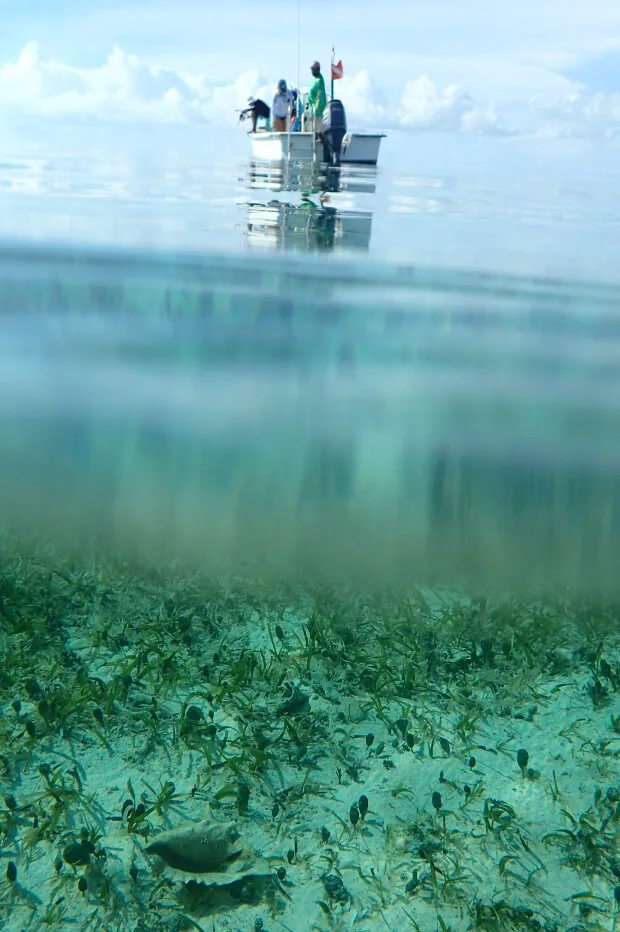
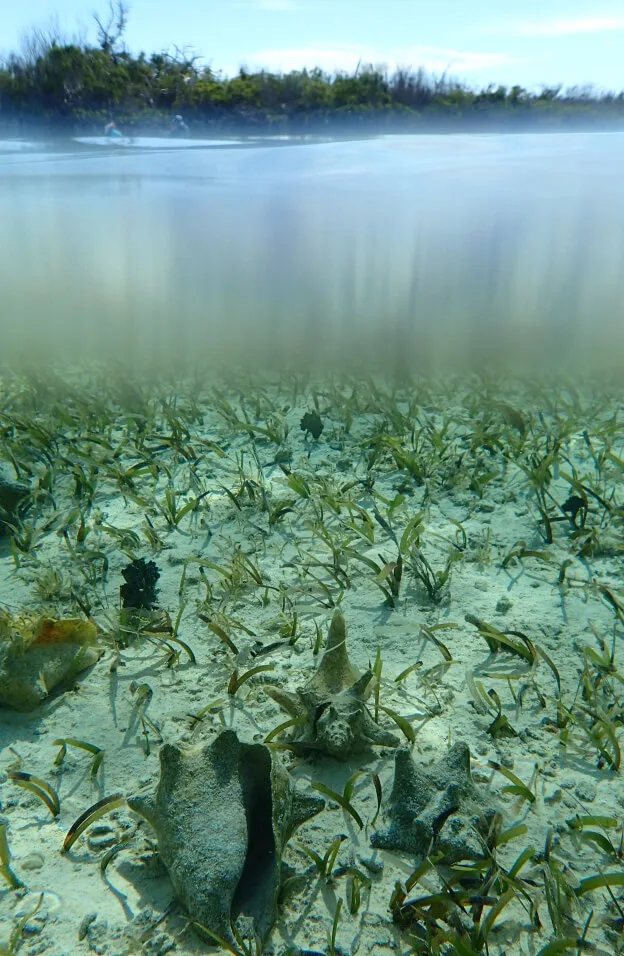
Our first field trip was completely exploratory, after having just learned about the phylums found in the ocean, the students got to go snorkeling and tide pooling to see these new and sometimes foreign looking species. They did not have to go far, the snorkel site was a 10 minute boat ride from the center and we have excellent tide pools on the centers property. Which means there was more time to explore!


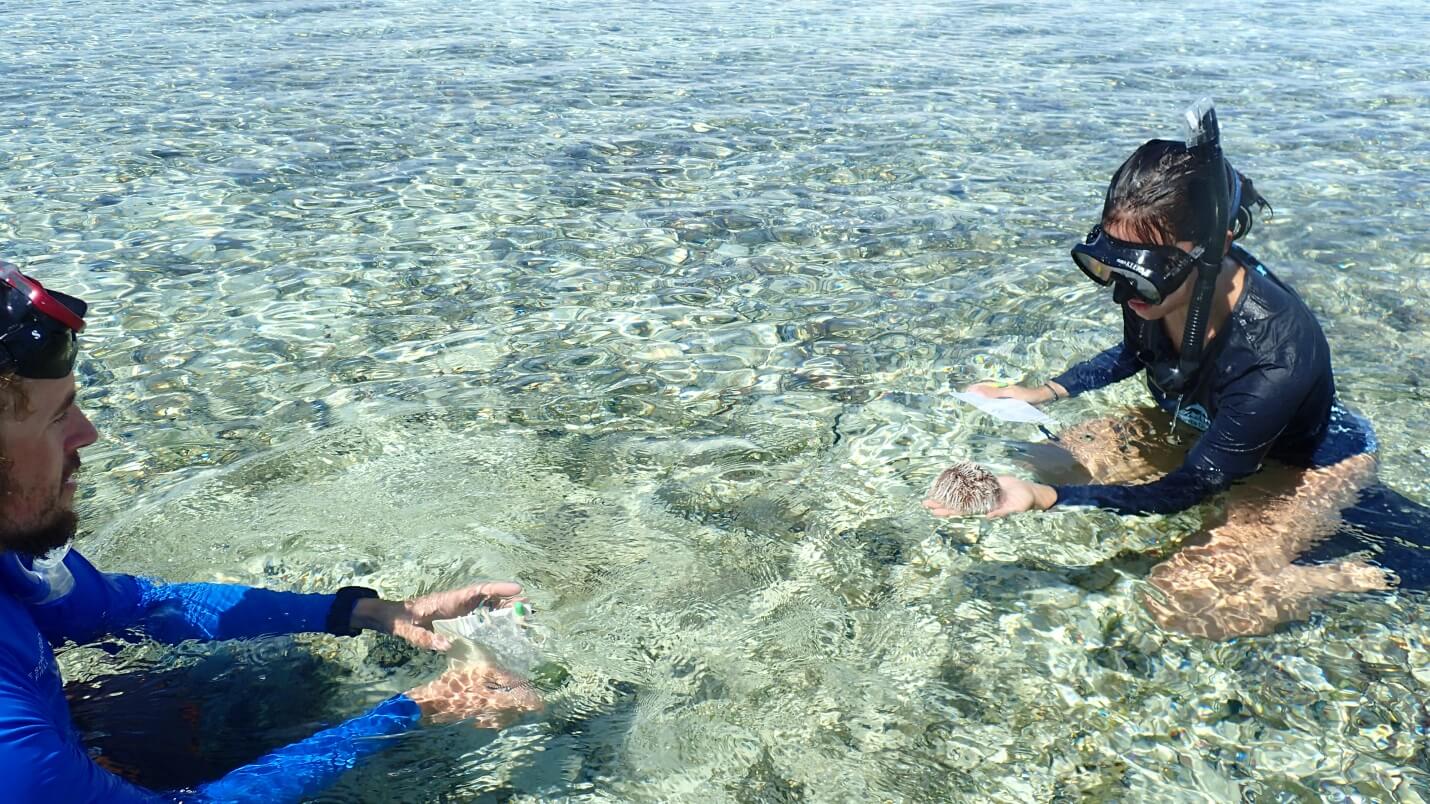
One alga caught the eyes of many of our students, likely due to its name: The mermaid’s wine glass (Acetabularia crenulata). A group of students became so curious about this alga that they decided to research it for their species poster. They found out that this photogenic alga is not only nice to look at but also quiet astonishing. Like another alga the students are learning to identify, the sailor’s eyeball (Valonia ventricosa), the mermaids wine-glass is one of the largest single-celled organisms with a single nucleus on earth. This means that these green natural wine glasses are made in one piece from foot to lip or from rhizoid to cap as these parts are called in the alga. The large size of these cells makes it an ideal organism to study interactions between the nucleus and other parts of a cell.

The mermaid’s wine glass
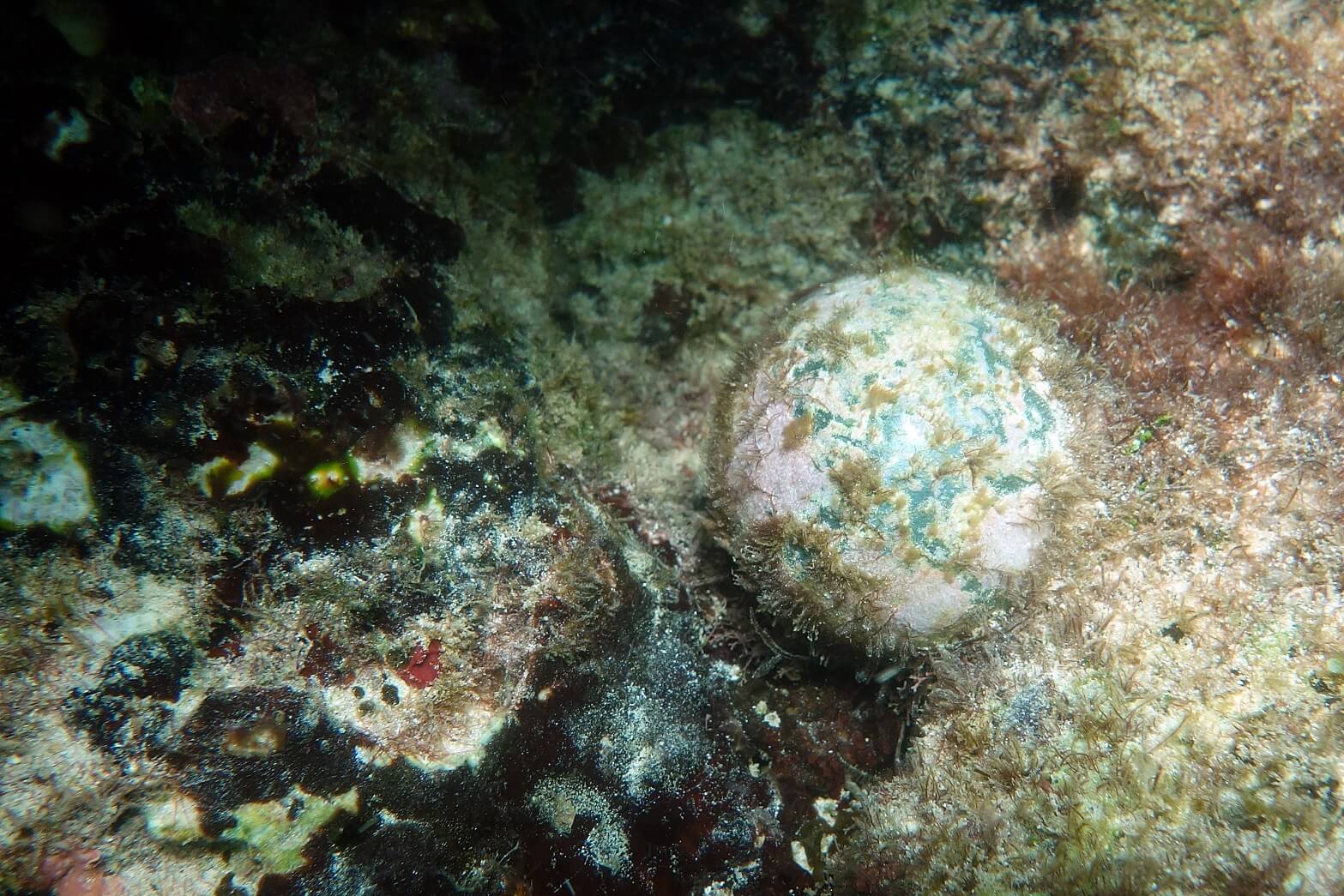
The sailor’s eyeball
Despite being single celled, this alga has distinct body regions and goes through phase changes similar to vascular plants. The zygote (similar to a fertilized egg cell in animals/humans or a seed in plants) germinates and attaches to the substrate. Soon parts of the cell take up their distinct forms, the middle of the cell elongates and grows into the stalk of the alga, with whirls of hair forming on its top. At the same time the base of the cell turns into a branched rhizoid that contains the nucleus and holds the cell in place. When the cell reaches its final length of up to 8 cm! (no microscope needed to see this single cell), a cap is formed at the top rather than new whirls of hairs. During its development the zygote increases its volume by 25,000, That is like a single glass of wine turning into 20 barrels of wine!
To reproduce, the nucleus goes through one round of meiosis, a form of cell division that results in 4 daughter cells each with half the number of chromosomes of the parent cell, and multiple rounds of mitosis that produce copies of these daughter cells. Thousands of these reproductive nuclei travel up the stalk to the cap where cysts are formed around multiple of them. These cysts are released into the water and can be dormant for up to a year. Once the cyst opens, the gametes are released as isogametes (with flagella to move around). These isogametes copulate (similar to sperm entering an eggs in animals/humans) which forms the zygote.

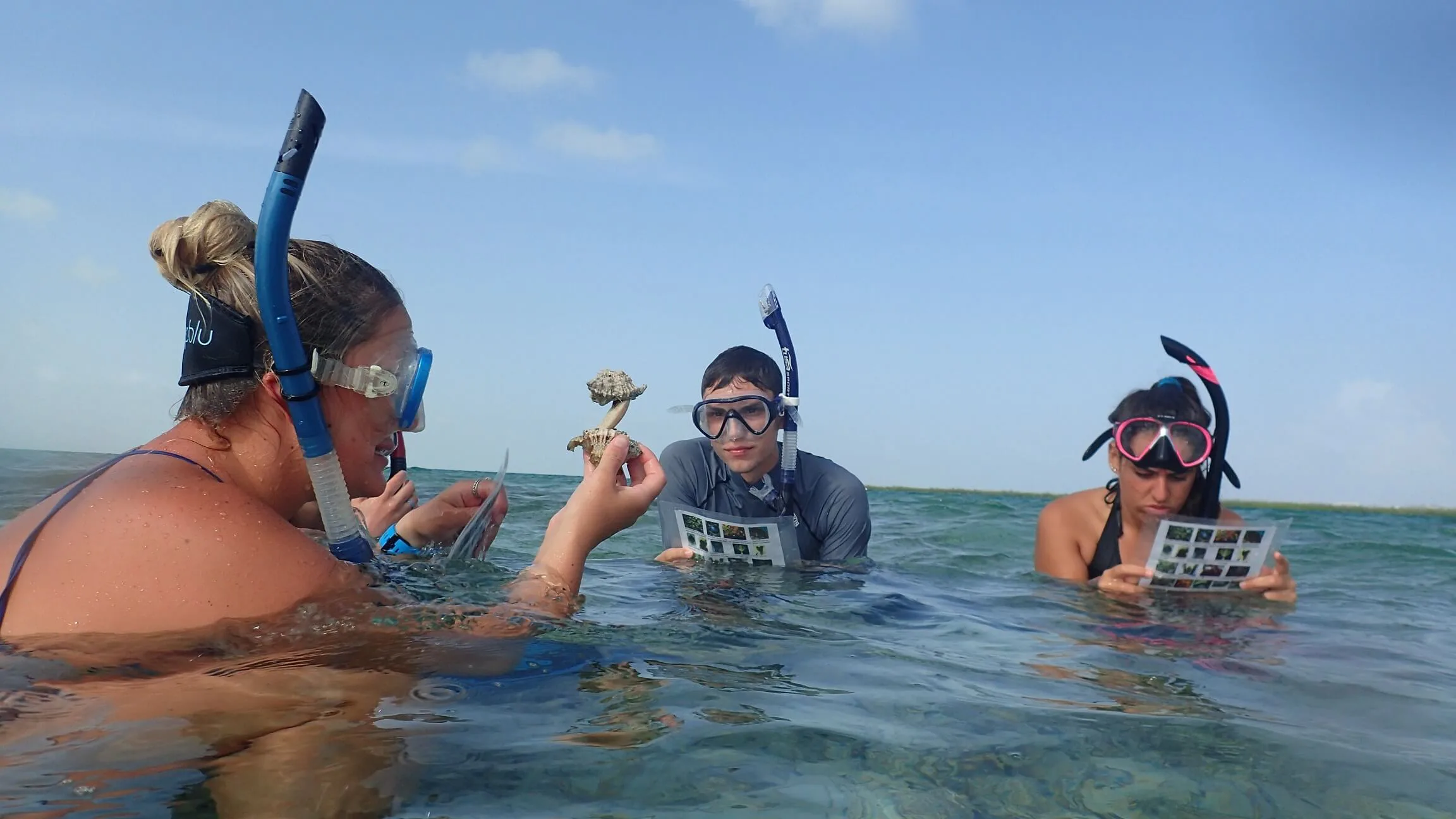
A tellin snail is eaten by two other snails


Related Posts
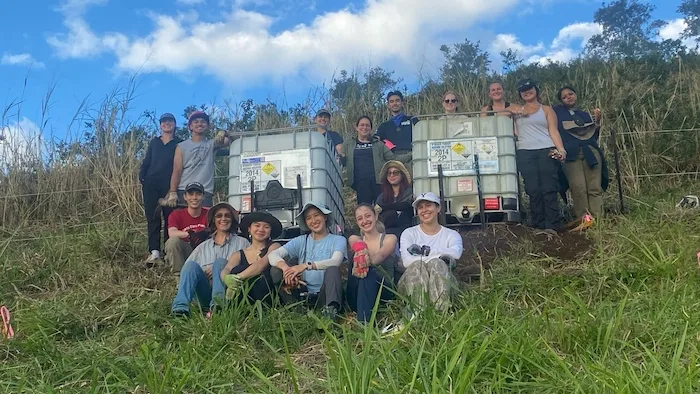
Restoration on a Cinder Cone: A Syntropic Story

